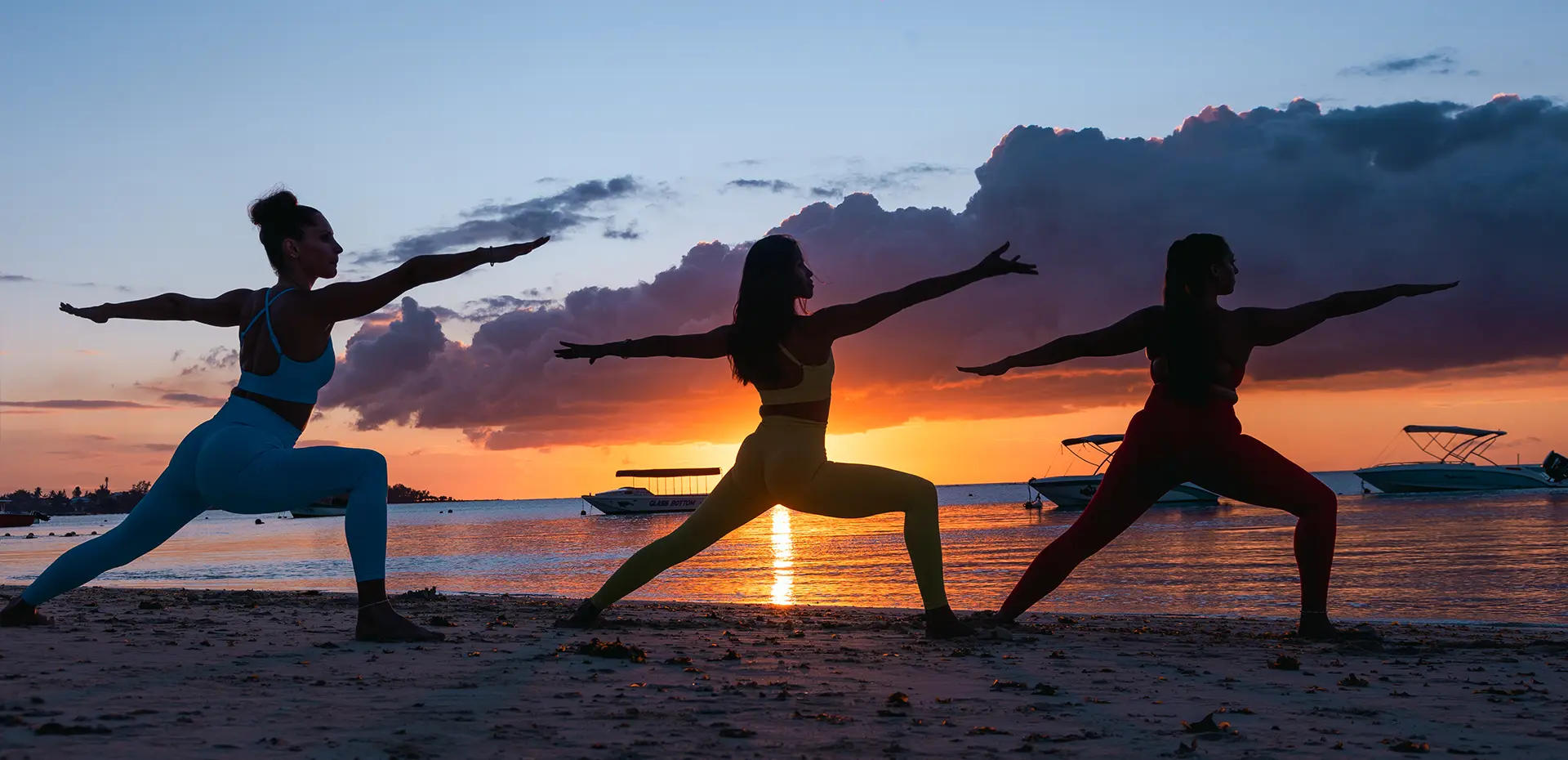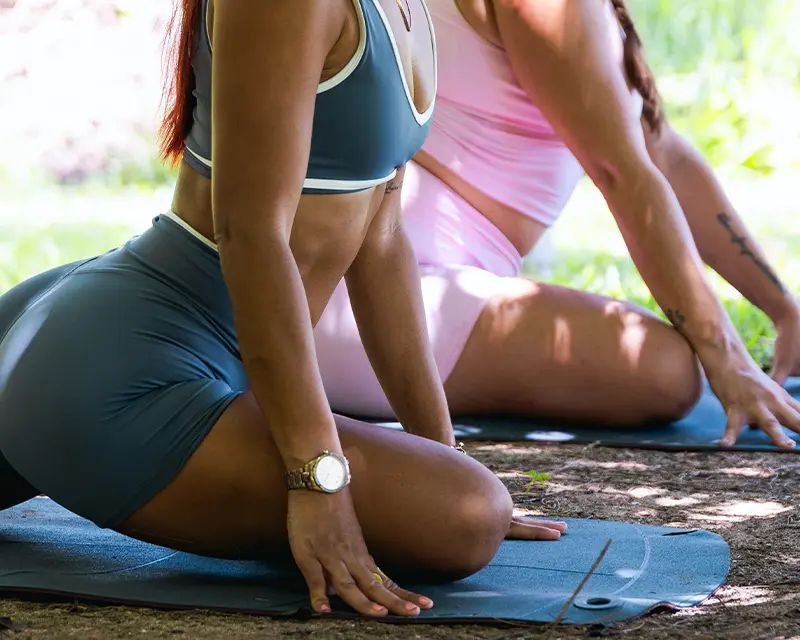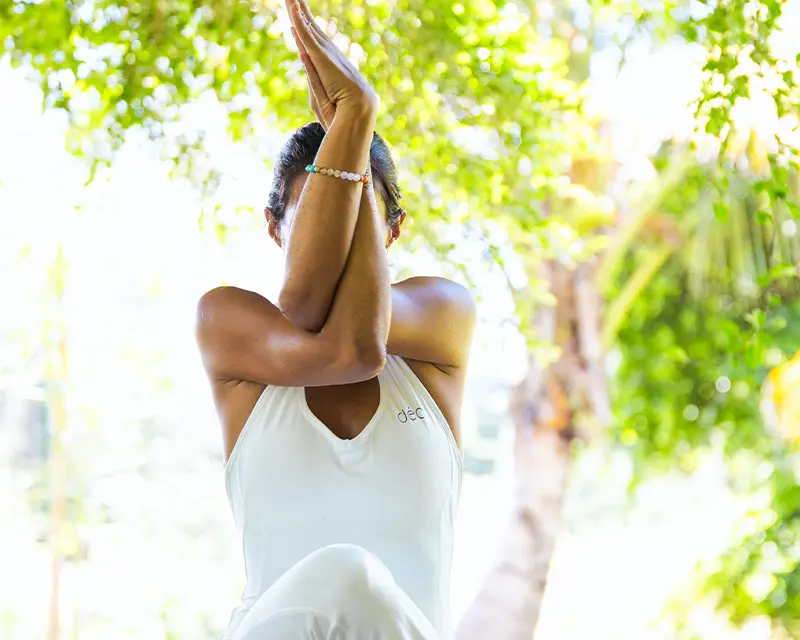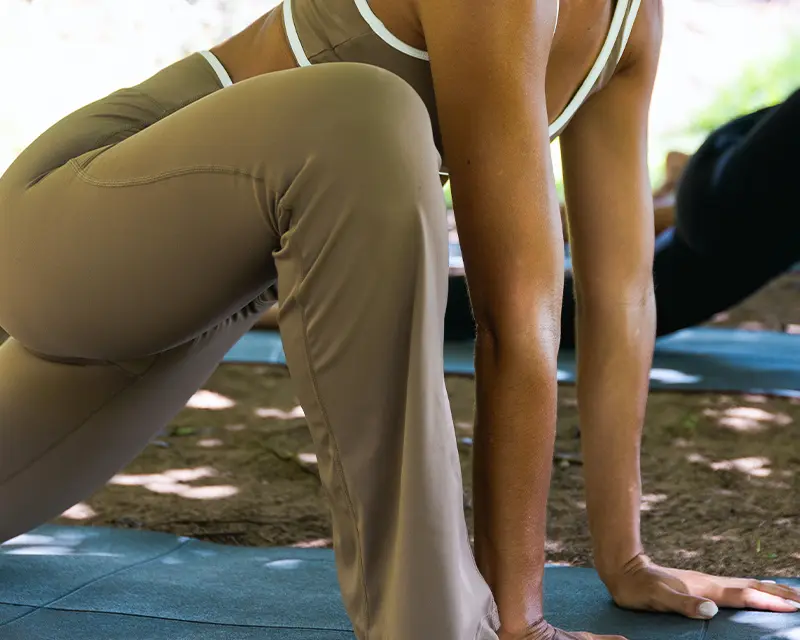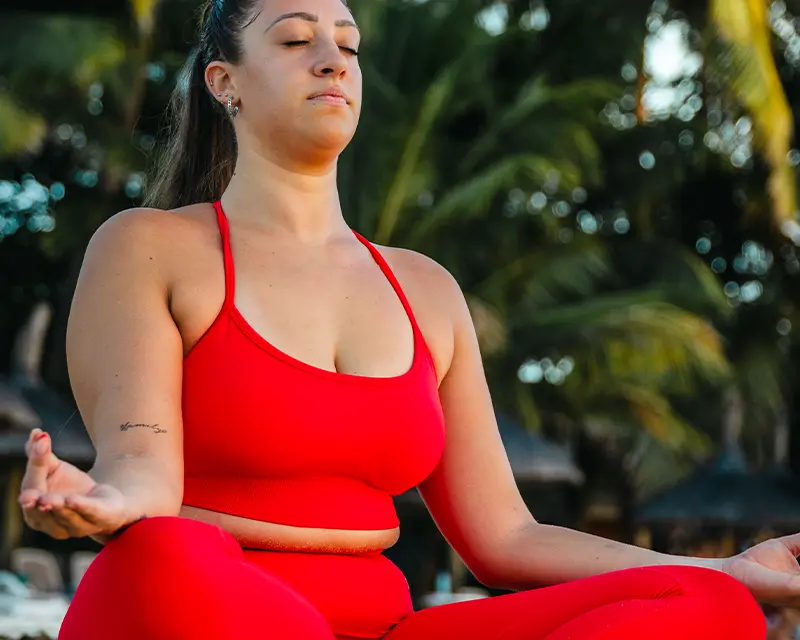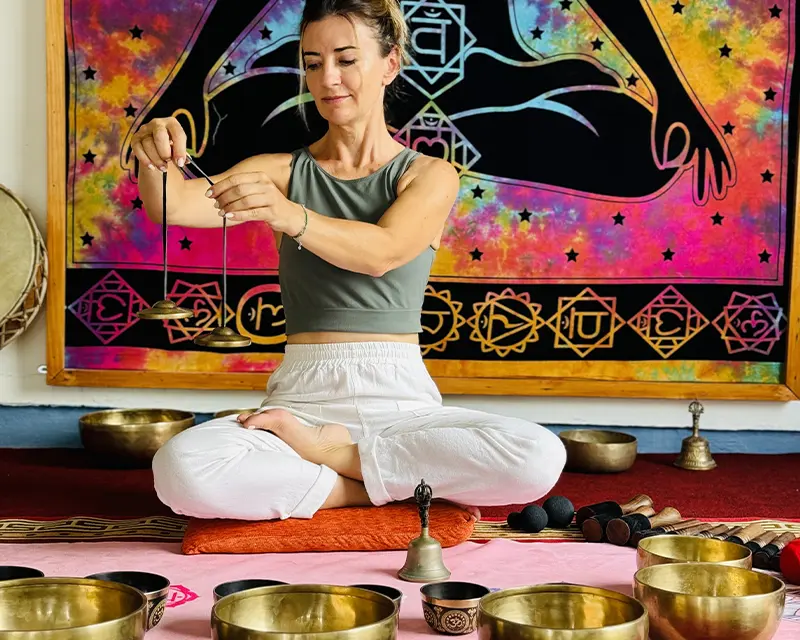Welcome to our unique Yoga retreat in Mauritius, a haven of peace where the soul and body find their balance.
In the heart of lush and preserved landscapes, this immersive experience invites you to reconnect with yourself and the essence of nature.
In addition to daily Yoga sessions, you will have the opportunity to visit an exceptional place,
the Vortex, a site known for its powerful energies.
This energy vortex, located in a breathtaking natural setting, will offer each participant a profound encounter with serenity and inner well-being.
Throughout this retreat, we offer you a true escape, away from the daily hustle and bustle,
to recharge and rediscover inner peace. Surrounded by nature, nourished by well-being practices,
and guided by experts, this stay is much more than just a getaway: it’s an invitation to personal transformation
in an environment where each moment brings you closer to your true essence.
The practice of Yoga during your stay


